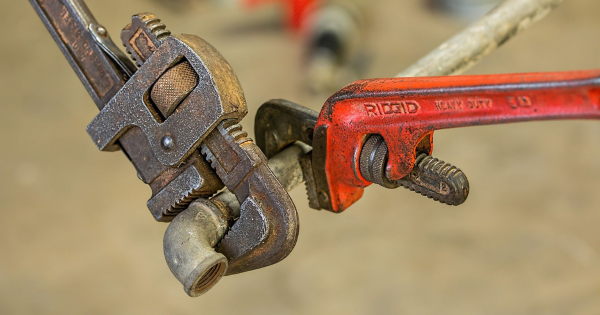Hose clamps are some of the most indispensable servicing and plumping accessories worldwide. Clamps generally come in various grades, sizes, and designs. These small plumbing parts appear both simplistic and easy to replace. However, choosing the wrong one for a project can be annoying and catastrophic. Read on to differentiate between the commonest hose clamps available on the market.
Check the Material Used
The material used in manufacturing a heavy duty hose clamp largely depends on the pipe it will contact. Different pipes and bars will demand various grades of material. Usually, soft hoses will need a hose clamp with beveled edges to avoid damage when fastening.
If you are shopping for a hose clamp based on the material of the pipe, it will be helpful to consider the corrosion resistance of the clamp. You may also check the manufacturer’s strength and formability specifications if they are available.
Specify the Size Range
The fit is arguably the most important part when choosing a heavy duty hose clamp. Eyeballing the hose clamps for plumbing in a store will not do you much good if you are not already highly experienced in handling these accessories. If you are looking for a clamp for plumbing purposes, you need to check the maximum and minimum fitment before making a final decision.
You must know the exact outer diameter of the hose or pipe you need to fit the new clamp. If you buy extra wide hose clamps, they will be too loose for your pipe. The band will project past the specified range, which is likely to cause safety concerns.
On the other hand, a fit that is too tight will subject the hose to unnecessary pressure. If you go ahead with such an installation, a heavy duty hose clamp will trigger cavitation, which will later turn into a leak. Such a repair is a waste of time since the same maintenance items have to be handled again in a few months or weeks.
Check the Quality Carefully
While most hose clamps are light and easy to handle, keep an eye out for cheaply built products that need replacements every few months. The commonest areas where manufacturers skimp on quality are steel grade and screw design. You need to avoid clamps made from poor quality steel.
You should also ensure that the screw tightens without the need to use excessive force. In many cases, cheaply built hose clamps will cost a few cents cheaper than their higher-quality counterparts. Cheaply-built clamps are generally not worth whatever you will save by ignoring important safety concerns that go with plumbing.
The commonest point of failure for low-quality clamps is overstretching and giving way easily. A good way to avoid such problems is to stay away from non-certified dealers. Identifying specific manufacturers that can guarantee you a heavy duty hose clamp will help narrow down your search.
Check on the Stress and Temperature of the Surrounding
You should think about the environment where you will make the installation or repair. The most important question you need to ask yourself is what kind of conditions the clamp will be exposed to. You may consider factors such as heat, salt, chemicals, water, and oxygen in your investigation.
The most important thing is to choose a heavy duty hose clamp that will withstand the exterior conditions that it will interact with daily. Aside from conditions that trigger chemical reactions, you must investigate whether the plumbing part will be exposed to excessive shaking or vibration.
For example, if pipes are exposed to saline conditions that could trigger rust, you have to choose hose clamp types that are resilient to oxidation. On the other hand, a pipe exposed to fluctuating temperatures will need a spring-loaded spring clamp.
With a great variety of hose clamps to choose from, you need to differentiate between wire, spring, and worm gear clamps. More importantly, you must assess your plumbing project to determine the size, design, and hose clamp material that will fit your needs.
The correct hose clamp decision will save you from unnecessary headaches and potentially prevent accidents, especially in plumbing where hot water is involved. You can learn more about these considerations by contacting us today.


